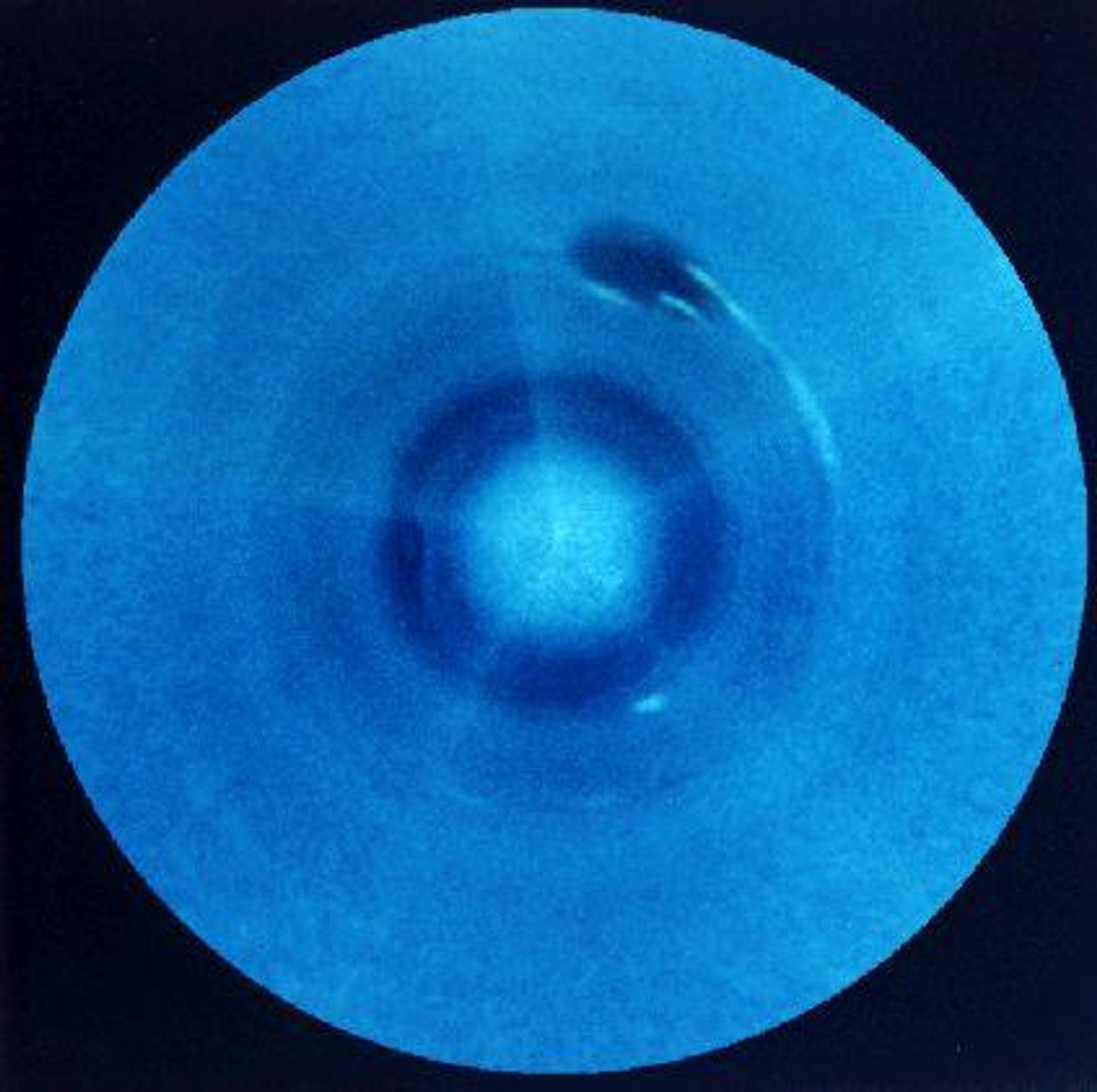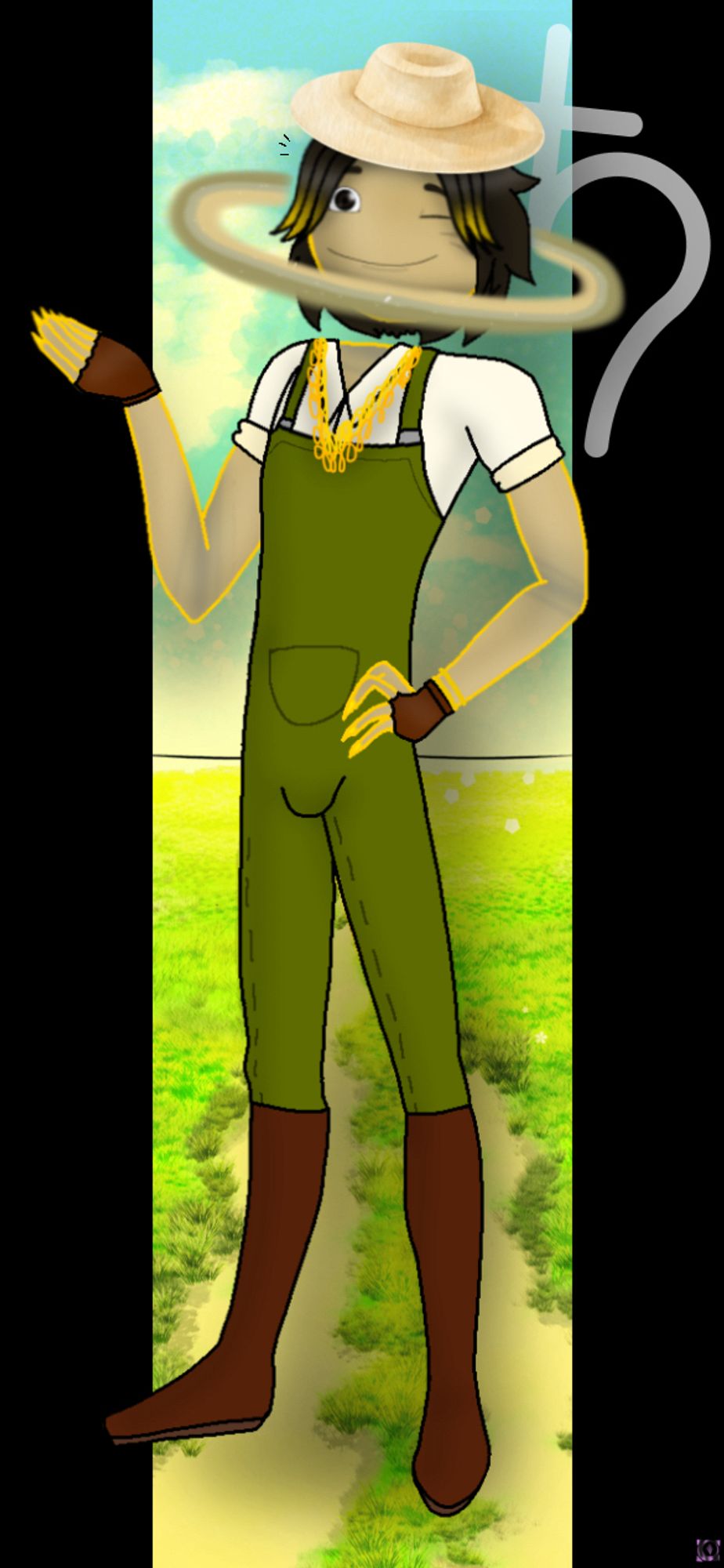Enceladus Near Saturn Source: https://apod.nasa.gov/apod/ap060322.html Saturn #Eneladus #assini #SpaceExplration #SolaSystem #GsGiant #RingsOSaturn #SpacePhotgraphy #AmazigSpace #CosmicWonder

The Clouds of Neptune Source: https://apod.nasa.gov/apod/ap960507.html #eptune #HubbleSpaceTeescope #GsGiant #SolaSystem #SpaceExplration #Asronomy #Planetarycience #SpaeFacts #cience #NASA

Io's Shadow Credit: Source: https://apod.nasa.gov/apod/ap961007.htmll Io #Jupter #Hbble #Space #olarEclips #Astronomy #olcanicoon #Shadow #GasGiant

Jupiter in Infrared from Hubble Source: https://apod.nasa.gov/apod/ap180221.html #Jupiter #HubbleSpaeTelecope#NASA #ES #Infrared #iantPlane #GasGint #Jovian #GeatRedSpot #StrngOfPearls #unoMission #Spacexploration #Astronomy






